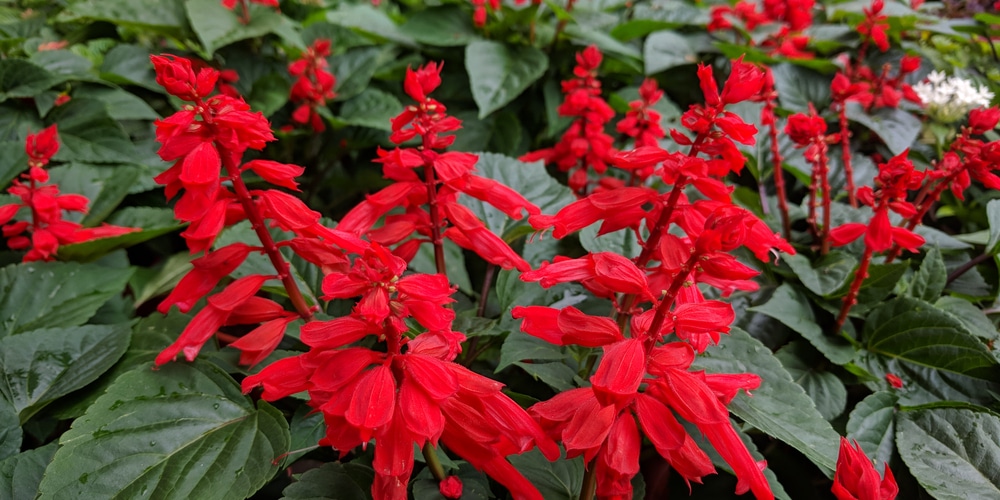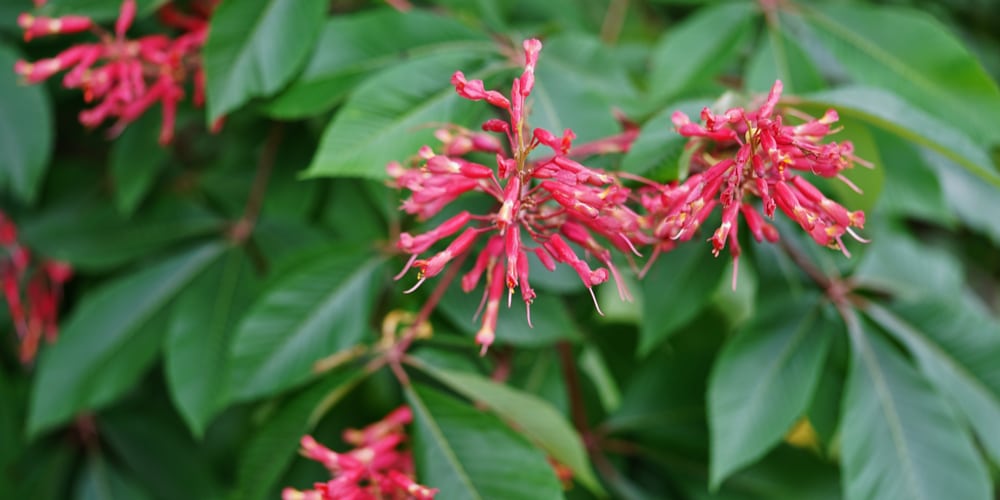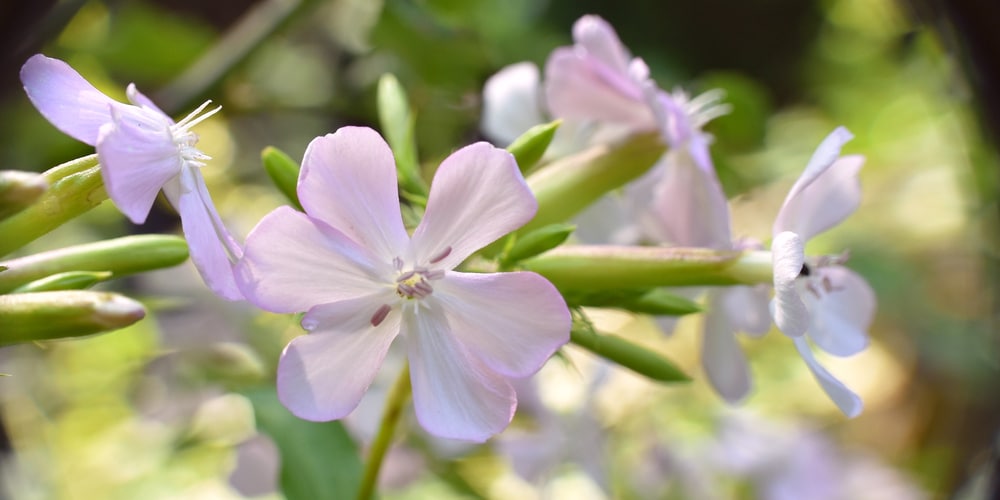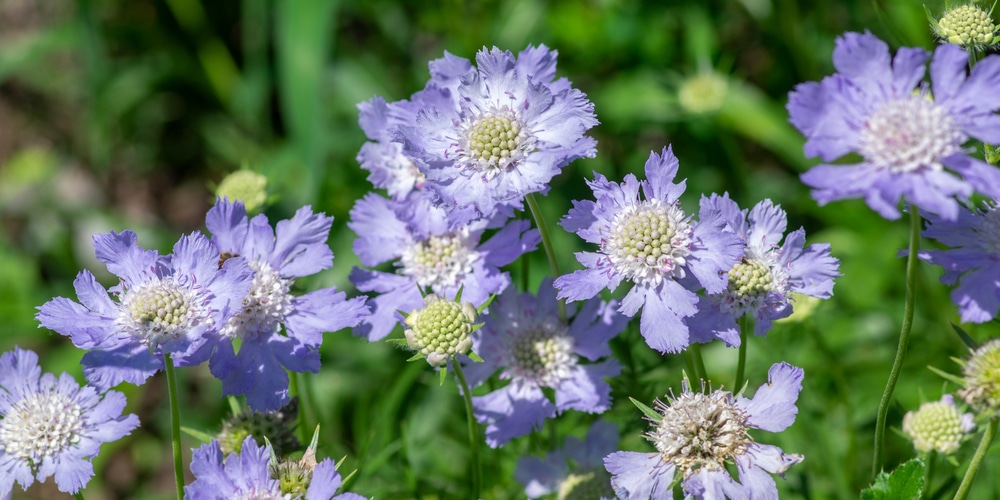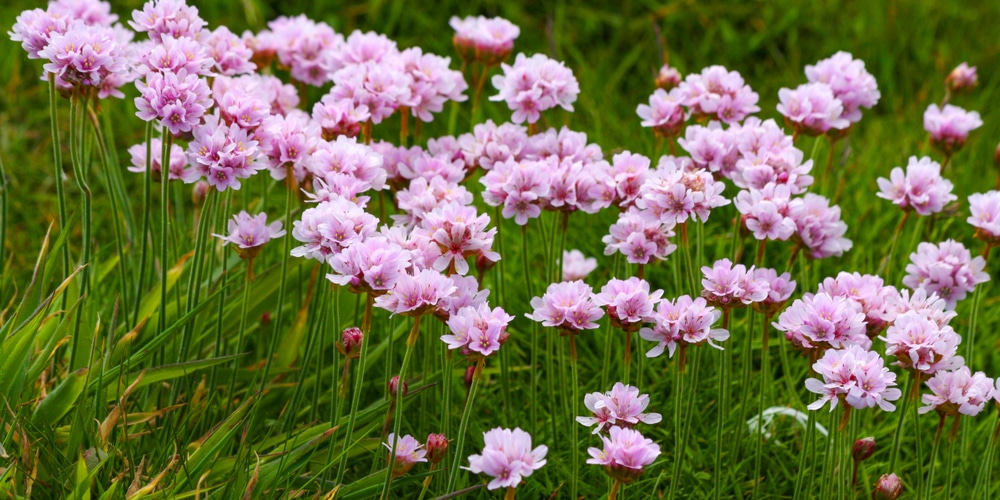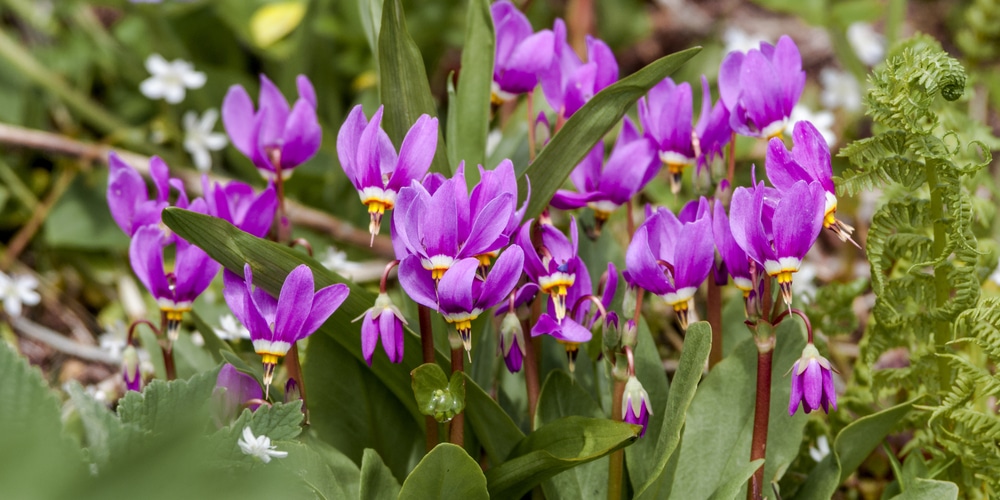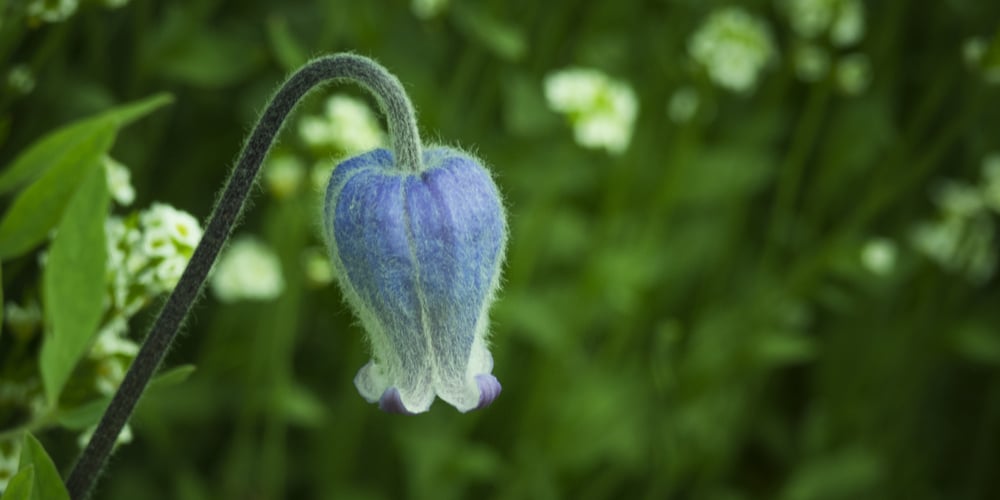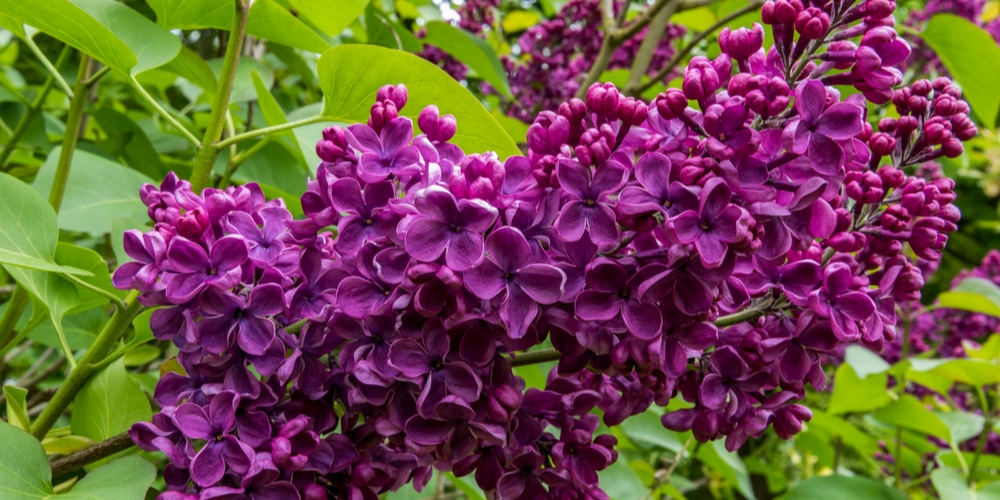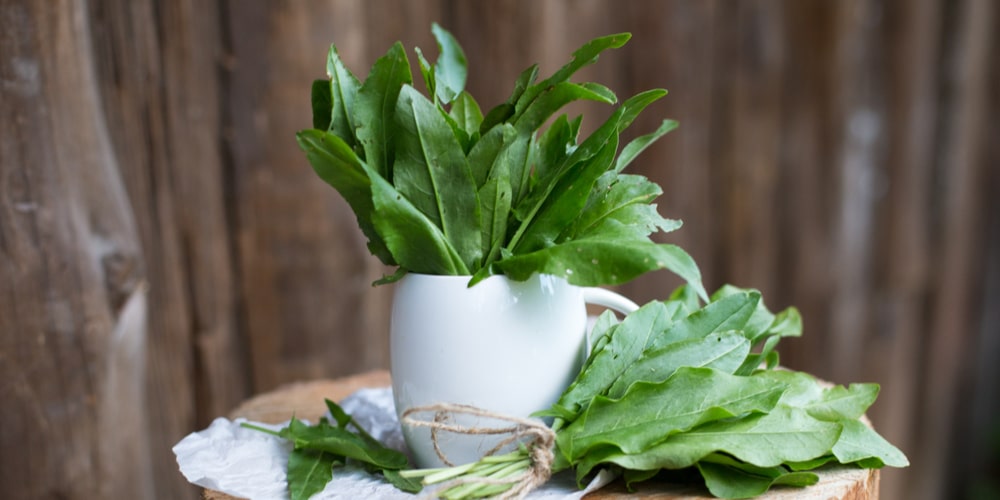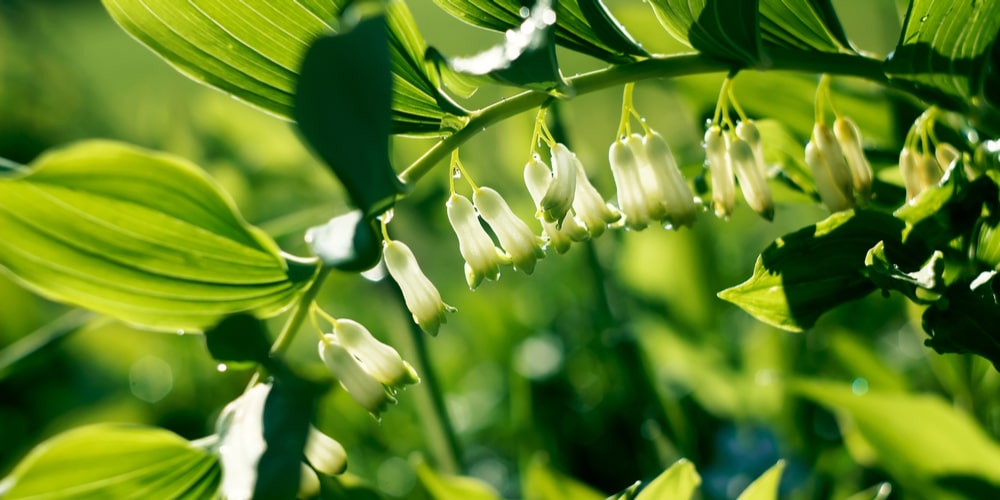Picking a flower based on the letter that it begins with may not be a conventional way of choosing flowers, but this does not mean that it is a bad idea. It can be a great way to be introduced to flowers that you may not otherwise have considered. With that in mind, here is a list of beautiful flowers that start with S.
Flowers That Start with S: Salvia Splendens
This is a flower which belongs to the Lamiaceae family. It is native to Guatemala and Mexico and is more commonly known as Scarlet Sage. It is a perennial plant that can grow up to 4 feet tall in the wild.
Scarlet Buckeye
This is a very popular type of flower to grow in your garden. This is because it does not attract pests and can grow in almost any soil type. As you may have guessed from the name, the flowers are bright red and are particularly attractive to butterflies and hummingbirds.
Sand Phox
This is one of the most beautiful flowers that begins with the letter S. It gets its name from the fact that it tends to grow in sandy soils. They are ground covering flowers which bloom in the spring. The flowers are blue and purple in color.
Saponaria
This is a flower in the Caryophyllaceae family which can be pink, white or purple in color. It contains saponins which are believed to have medicinal properties and as a result the flower is used in herbal medicine.
Flowers That Start with S: Scabiosa
This flower does not have the most appealing name, which may explain why it is more often called Butterfly Blue. However, you shouldn’t let the name put you off what is a really beautiful flower. It can grow to 40 inches and has flowers that are blue or light lavender in color.
Sea Thrift
This a flower that tends to grow in coastal regions. The flowers are pink and white in colour and found in clusters at the top of the stalks. The stalks tend to grow higher than other plants which makes the flowers quite striking.
Shooting Star Flower
This flower is most commonly found in meadows and on hillsides and will bloom between March and May. It gets its name from the way the petals of the flower have pointed tips which look as if they are all going in different directions.
Shrub Rose
These are easier plants to take care of than a classic rose, which makes them a popular choice for gardens. They have an open and spreading shape and the flowers can be single or double. They can also be found growing in the wild.
Snow-in-Summer
This is an herbaceous flowering plant which is a member of the carnation family. White flowers tend to bloom between June and August and it is is a very good plant for providing ground cover.
Scotts Clematis
This is a perennial plant which is known for being hardy. It is a wildflower plant which tends to bloom early in the year. It produces blue flowers which grow in a bell shape. They are very low maintenance and do not need a lot of care to flourish.
Shining Blue Star
This plant originates from North America and is a perennial flower. It has a very distinctive shape due to its spiky leaves. All the flowers will grow on a single stem and they are bright blue in color.
Syringa
If you are looking for an addition to your shrub border, then the Syringa is a good choice. When they are not blooming they are unobtrusive. Flowers are yellow in color and tubular in shape and they remind many people of the first days of spring.
Sorrel
This plant has mauve pink flowers and is a common feature in many gardens. As well as being a decorative plant, it can also be used in cooking. However, this is not something that everyone chooses to do as it can add a sour taste to dishes.
Solomon’s Seal
The fragrance of this plant is one of the reasons why it is so popular in gardens across North America. They are perennial plants which can eventually grow to a height of 2 feet, although it make take several years for them to actually get to this height. The flowers are pink or white in color and will hang down from the stem of the plant.
Related article: Flowers Beginning With R
